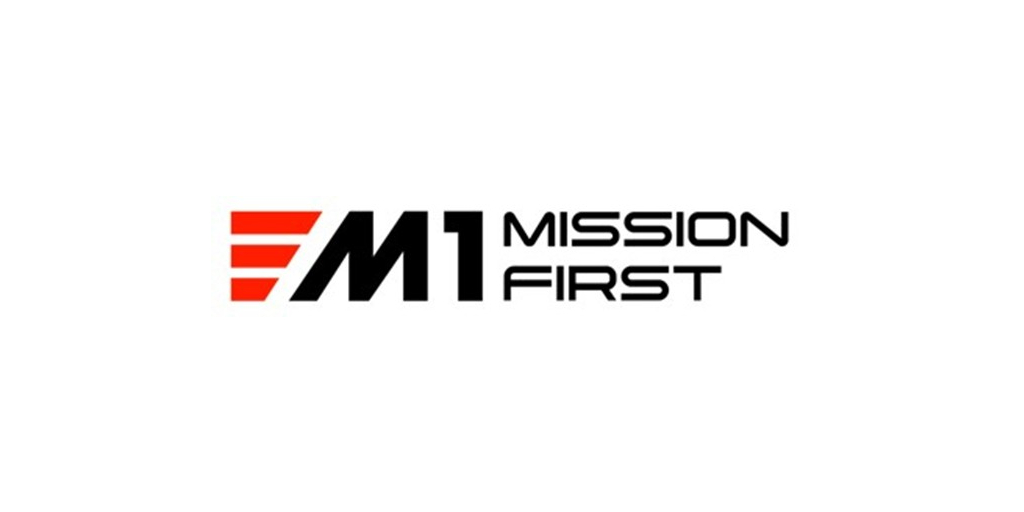
AeroGenie — ваш интеллектуальный второй пилот.
В тренде
Categories
Airbus Projects 45% Growth in Global Freighter Fleet by 2044
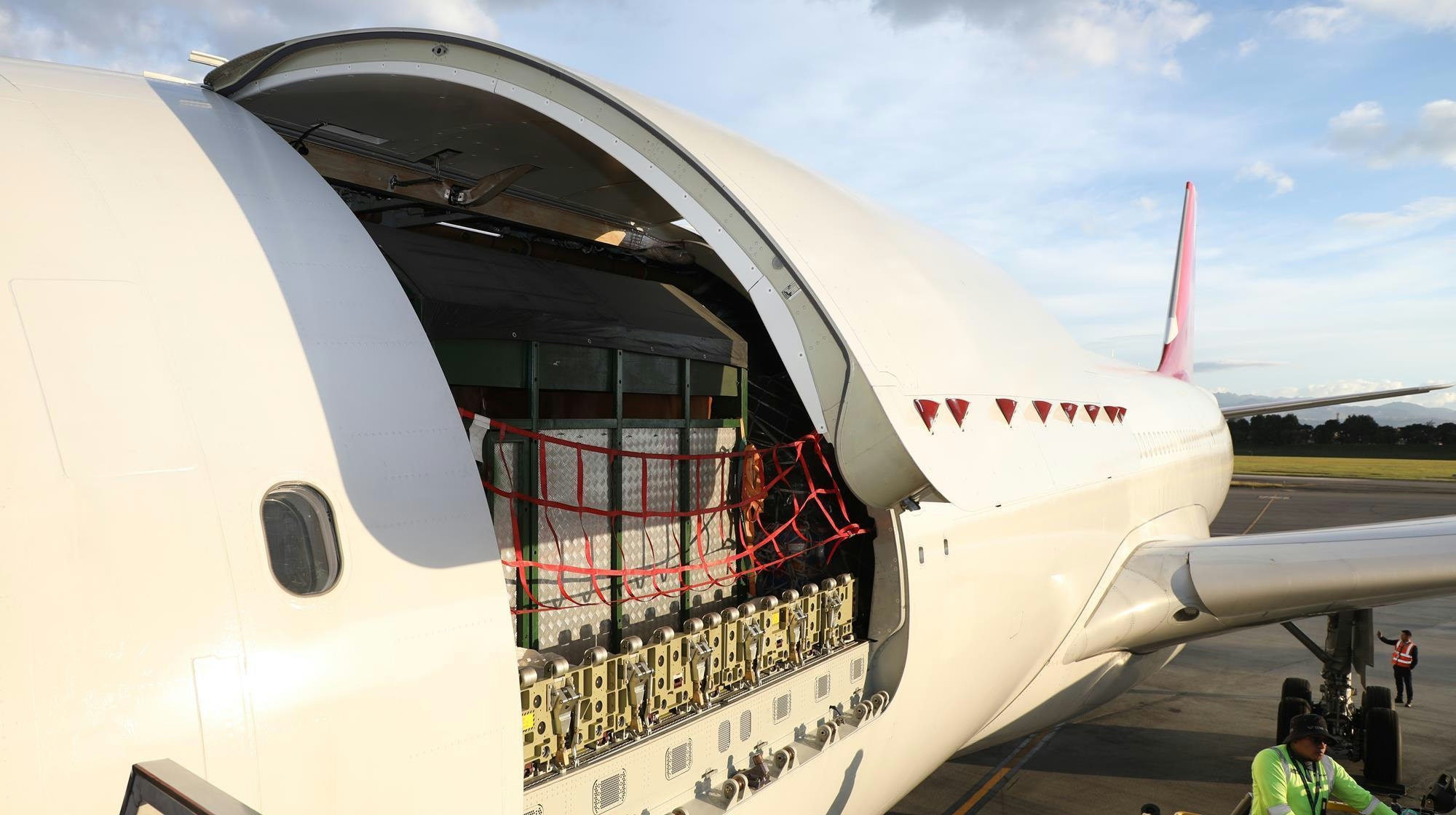
Airbus Projects 45% Growth in Global Freighter Fleet by 2044
Airbus has projected a substantial expansion in the global fleet of dedicated freighter aircraft, anticipating a 45% increase to 3,420 aircraft by 2044, according to its 2025 Cargo Global Market Forecast (GMF). This growth is expected to be driven by sustained rises in global trade and economic activity, with North America and the Asia-Pacific region leading demand.
Fleet Composition and Market Drivers
Of the projected total, 815 will be existing freighters, while 2,605 new aircraft are expected to enter the fleet over the next two decades. Among these new additions, 1,530 will replace older models, and 1,075 will contribute to overall fleet growth. The forecast breaks down the new freighters into 1,120 small aircraft, 855 mid-size widebodies, and 630 large widebodies. Airbus anticipates that 1,670 of these will result from passenger-to-freighter conversions, with the remaining 935 being new-build freighters.
This outlook aligns closely with other industry forecasts, such as the International Bureau of Aviation’s (IBA) projection of a 41% fleet increase by 2044, reflecting a broad consensus on the sector’s upward trajectory. The expansion is underpinned by long-term trade growth, with global trade expected to increase at an annual rate of 2.7%, while air cargo volumes are projected to grow at 3.3% per year, effectively doubling within two decades. The continued rise of e-commerce and the expanding market for air freight forwarding are significant contributors to this demand.
Strategic Importance and Regional Trends
Airbus emphasizes the critical role of air cargo in supporting economies, connecting remote communities, transporting essential goods, and fostering business growth, particularly in emerging markets. The COVID-19 pandemic accelerated cargo fleet growth, primarily through increased passenger-to-freighter conversions and delayed retirements of older aircraft. Looking forward, Airbus anticipates a wave of retirements among aging freighters, to be replaced by more fuel-efficient models such as the A350F, A320/A321, and A330 Passenger-to-Freighter (P2F) conversions.
The company also foresees greater diversity in trade lanes and air cargo flows as more Asia-Pacific countries develop into industrial hubs. Economic and demographic trends suggest that nations including Brazil, Indonesia, and Vietnam will emerge as major consumer markets, potentially reshaping global air freight patterns.
Regionally, Asia-Pacific and North America are expected to account for nearly two-thirds of new freighter demand, requiring approximately 850 and 920 aircraft respectively. This robust demand is likely to intensify competition among aircraft manufacturers, with competitors such as Boeing and Embraer anticipated to respond with their own fleet expansion strategies and technological innovations.
Challenges and Outlook
Despite the optimistic forecast, Airbus acknowledges potential challenges, including regulatory hurdles, supply chain disruptions, and the imperative to keep pace with technological advancements. Nonetheless, the company remains confident that the global freighter fleet will continue to expand, meeting the evolving needs of global trade and logistics through 2044.
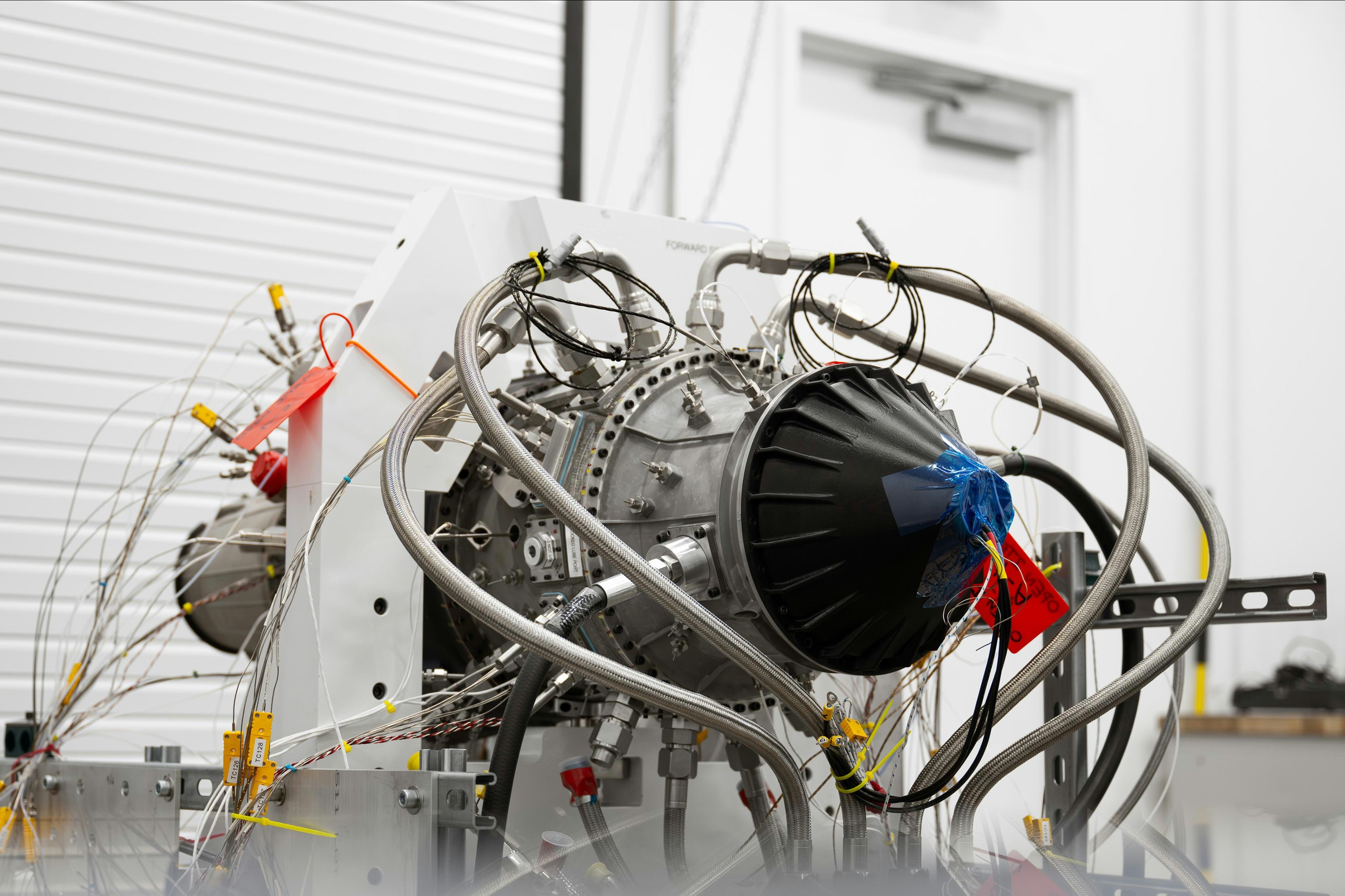
Beehive’s 3D-Printed Frenzy Engine Advances Toward 2026 Flight Tests
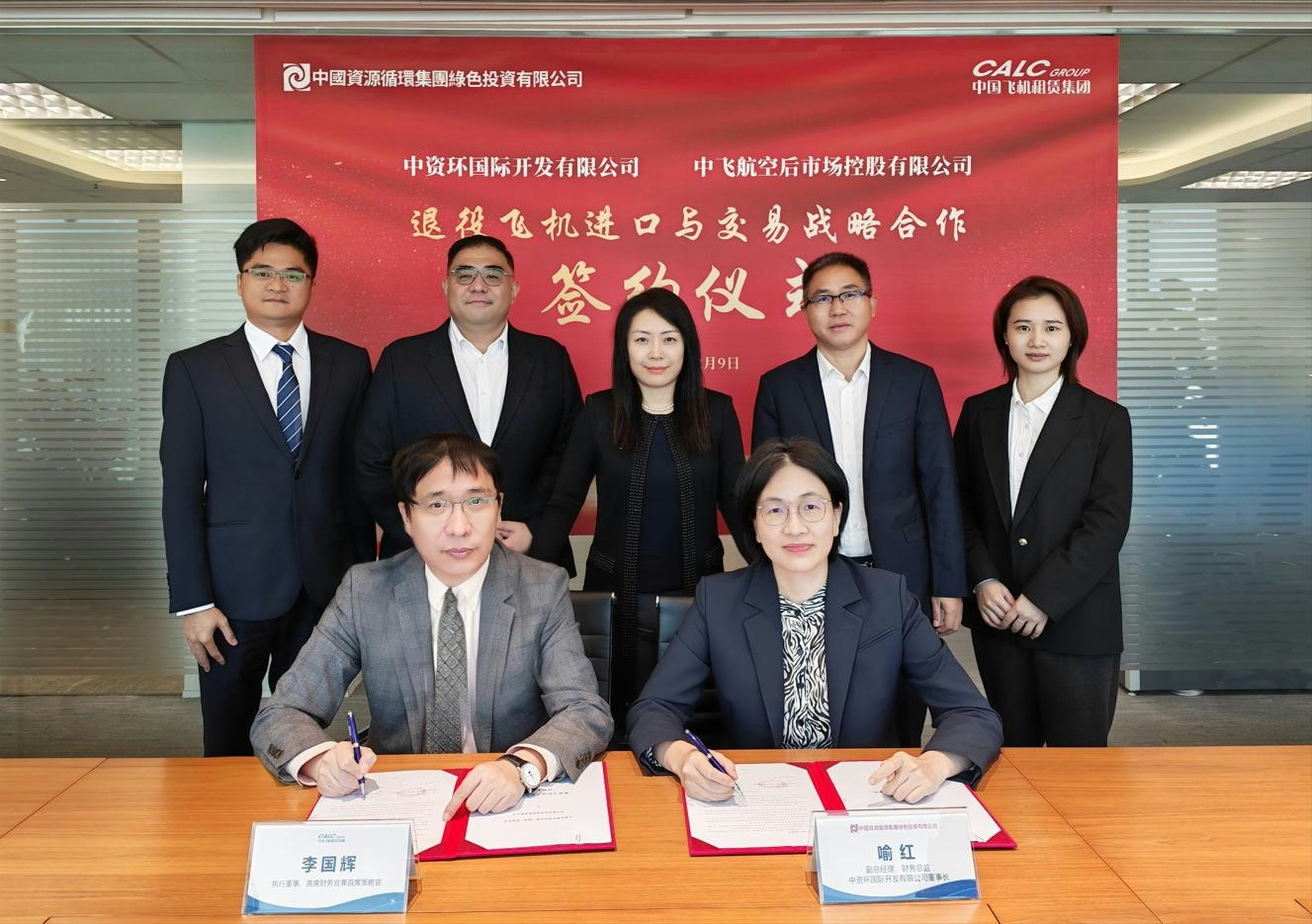
CAAM and CRRG Form Alliance in Aviation Aftermarket

AI and Digital Twins Enhance Airport Operations Amid Global Challenges
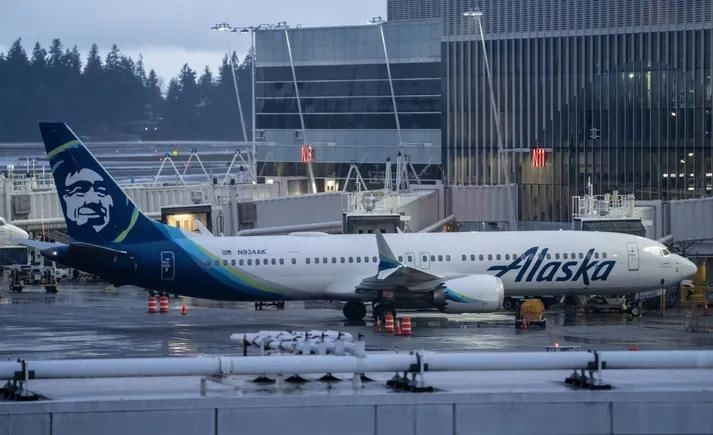
Alaska Airlines Introduces AI Tool to Simplify Trip Planning
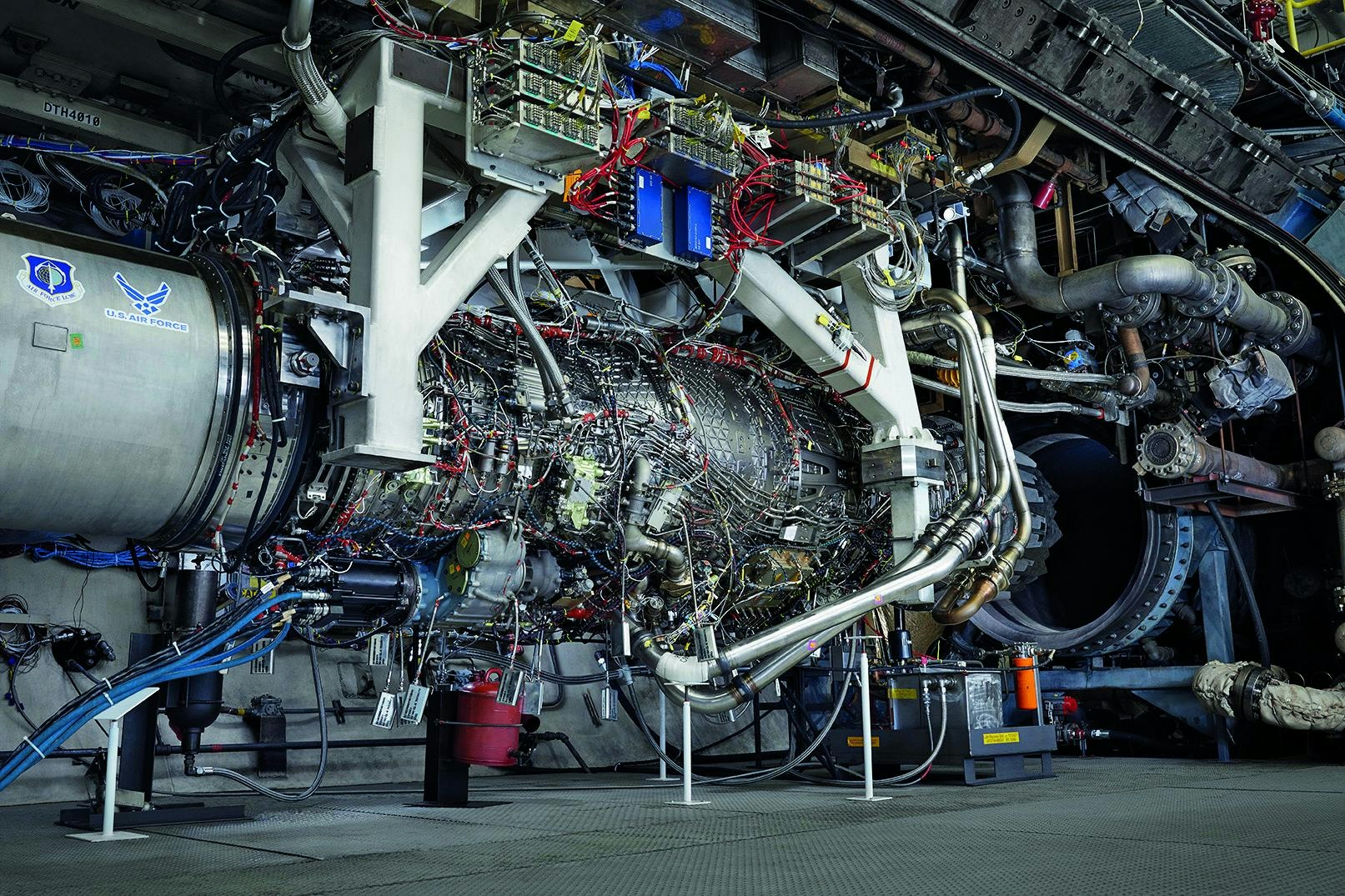
Seven Breakthrough Commercial Aircraft Engines
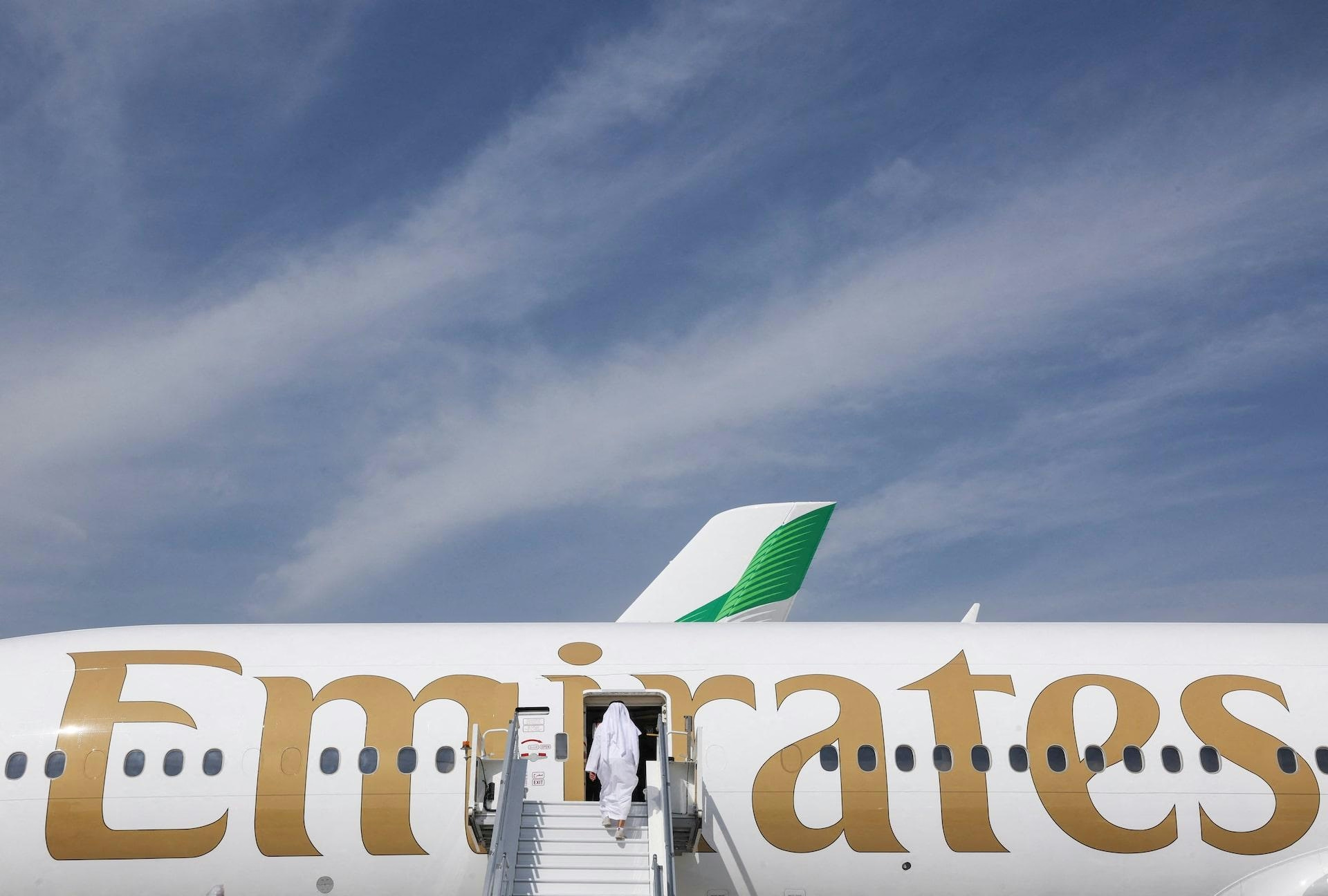
Can Emirates and United Airlines Help Boeing Outsell Airbus in 2025?
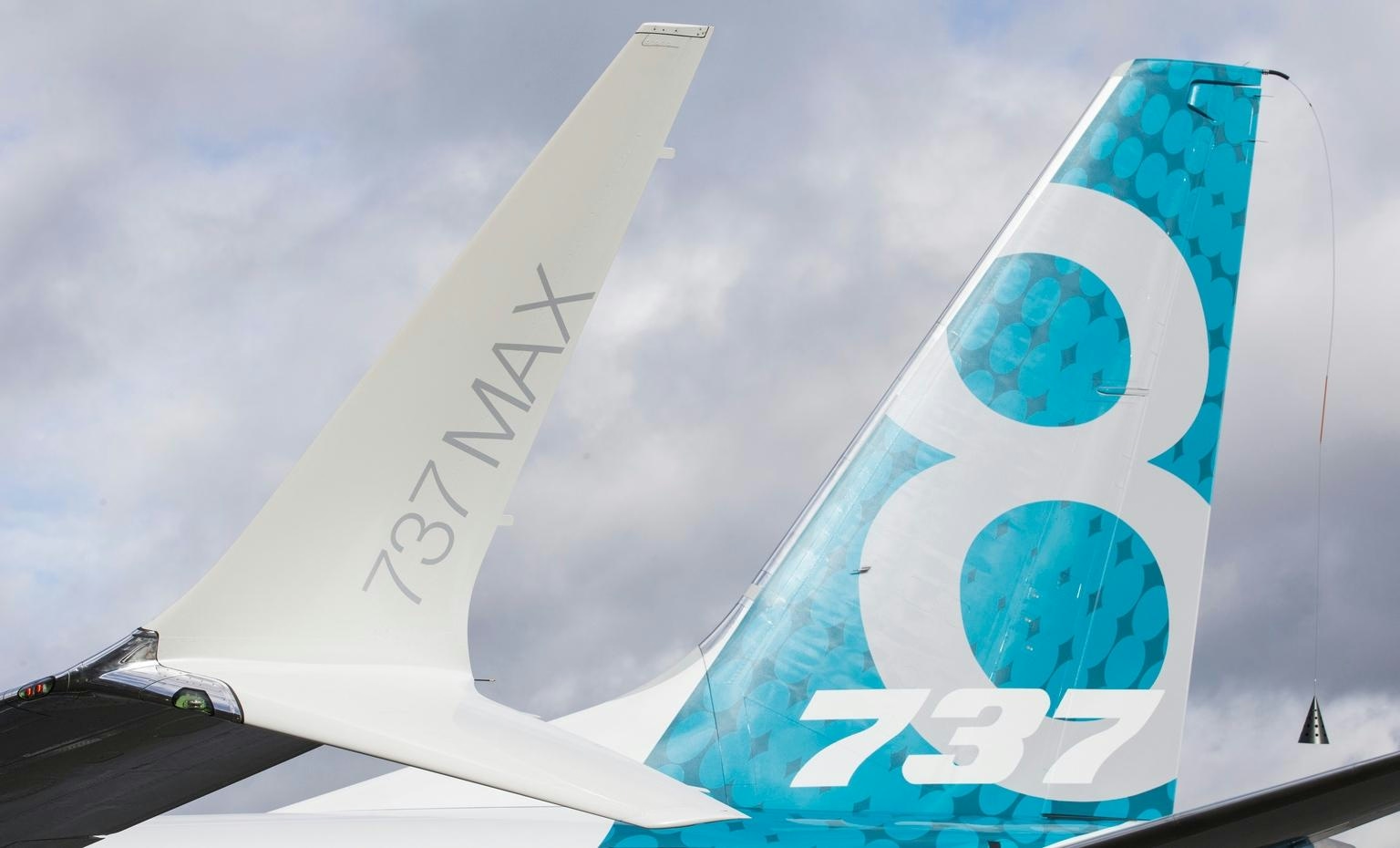
Airbus CEO Acknowledges Boeing May Lead in 2025 Orders
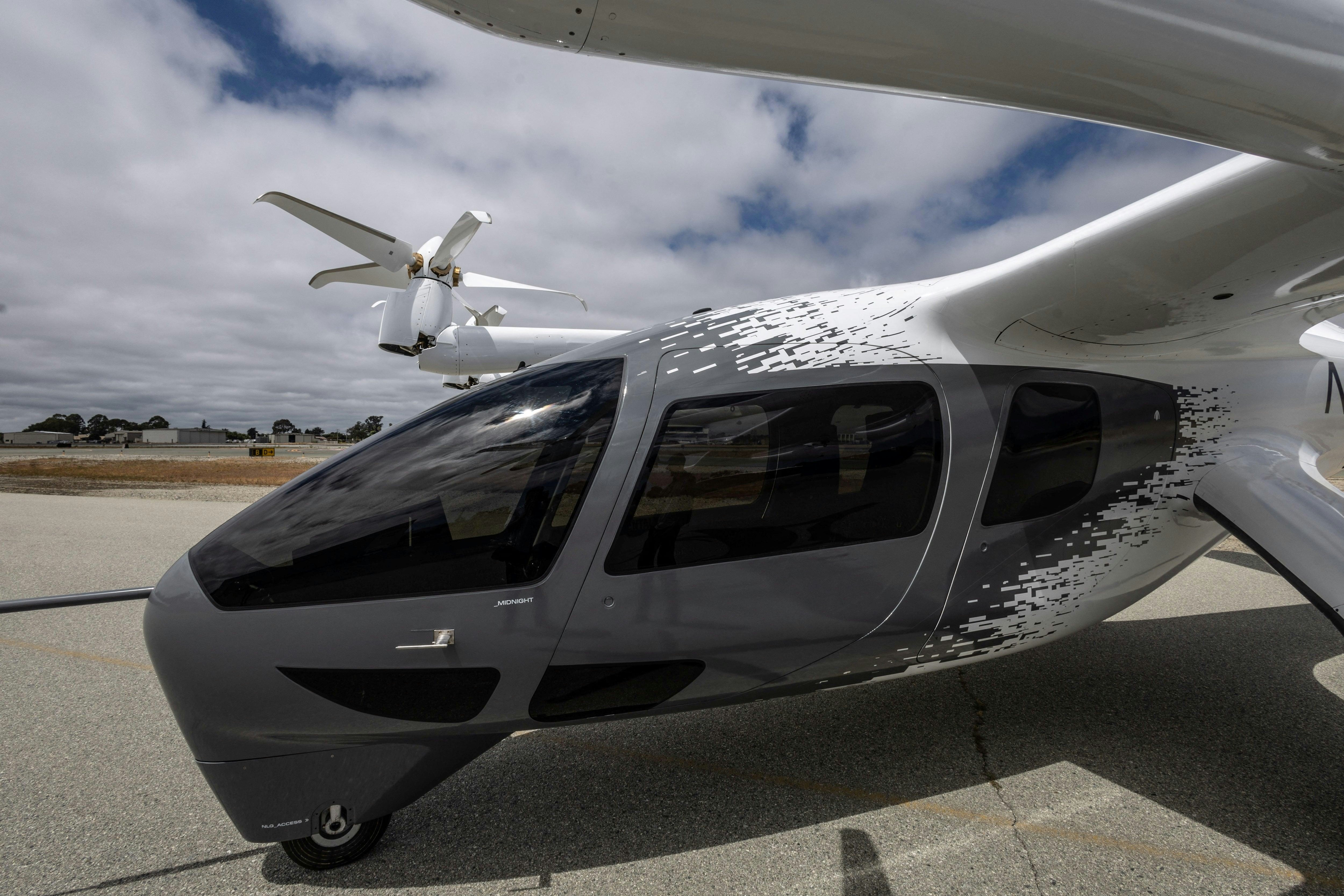
Los Angeles Introduces Air Taxis Ahead of Olympics
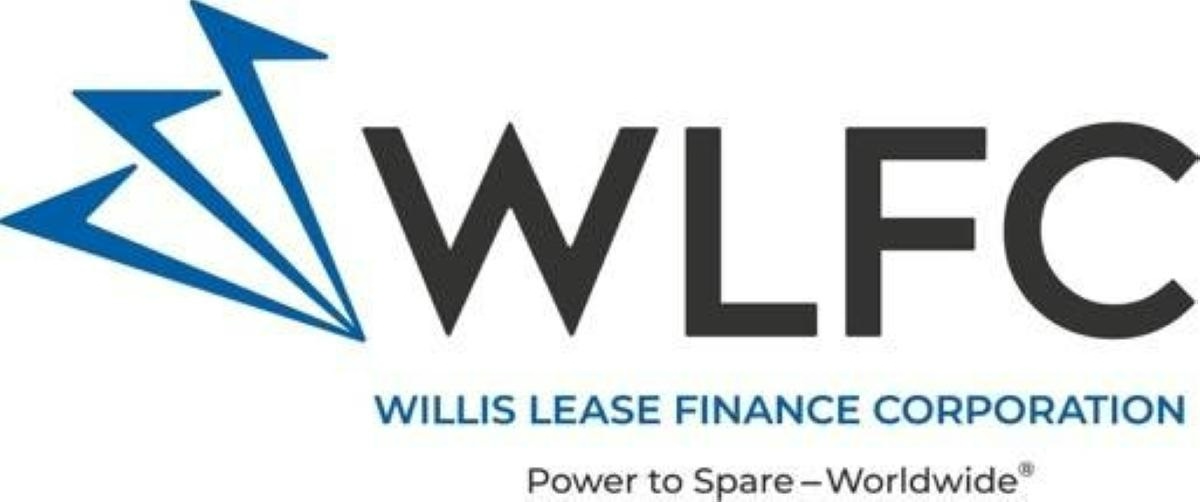
Willis Lease Finance Prices $392.9 Million in Fixed-Rate Notes
